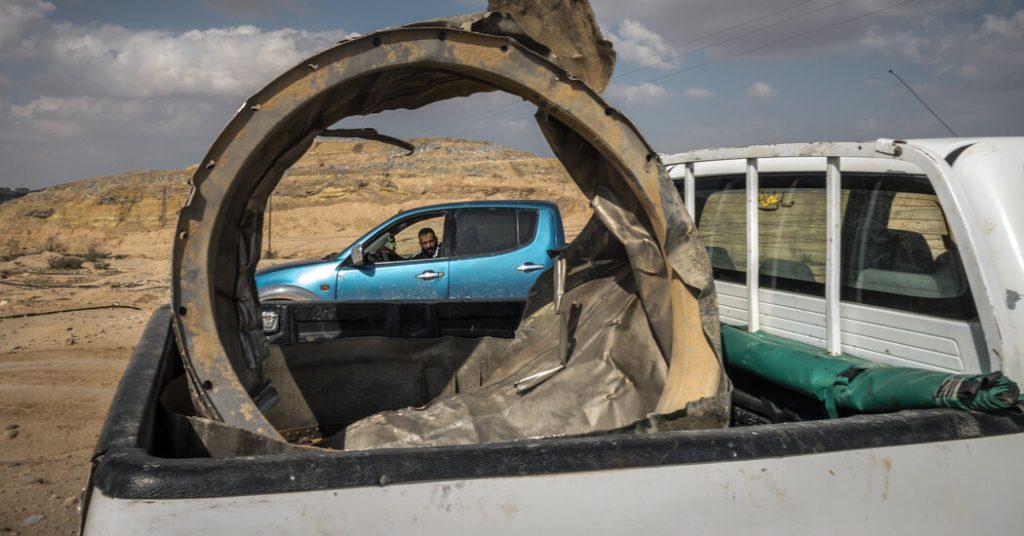The conflict between Iran and its regional adversaries, particularly Saudi Arabia and Israel, has been simmering for years, marked by acts of aggression and strategic maneuvers. However, the situation escalated dramatically when Iran launched a series of drone and missile attacks, targeting key facilities and infrastructure in neighboring countries. This bold move by Tehran brought the shadow war out into the open, highlighting the escalating tensions and the high stakes involved in the regional power struggle.
Iran’s use of drones and missiles in these attacks demonstrated its growing military capabilities and willingness to resort to aggressive tactics to assert its influence in the region. The sheer scale and intensity of the attacks showcased Iran’s determination to challenge its rivals and project power beyond its borders. Moreover, the precision and coordination of the strikes indicated a level of sophistication and planning that was cause for concern among regional security experts and policymakers.
The fallout from these attacks reverberated across the region, prompting swift responses from Saudi Arabia, Israel, and other key players in the Middle East. The countries targeted by Iran scrambled to assess the extent of the damage and shore up their defenses against future attacks, leading to a heightened state of alert and readiness for potential retaliation. The escalation of hostilities raised fears of a broader conflict that could draw in other regional and international actors, further destabilizing an already volatile region.
The shadow war between Iran and its adversaries has been fueled by a complex web of geopolitical rivalries, sectarian tensions, and competing national interests. Iran’s support for proxy groups and militant organizations in the region has been a key source of contention, with Saudi Arabia and Israel viewing Tehran’s activities as a direct threat to their security and interests. The use of drones and missiles in the recent attacks signaled a shift towards more direct and overt forms of conflict, raising the stakes and the potential for escalation to a full-blown military confrontation.
The escalation of hostilities between Iran and its rivals has also heightened concerns about the possibility of a wider regional conflict that could engulf neighboring countries and impact global energy supplies. The strategic importance of the Middle East as a major oil-producing and transit region has added an economic dimension to the conflict, with potential implications for global markets and energy security. The use of drones and missiles in the recent attacks highlighted the vulnerabilities of key infrastructure and energy facilities, raising the specter of disruption and supply shortages that could have far-reaching consequences.
In conclusion, the open conflict between Iran and its regional adversaries, marked by a series of drone and missile attacks, has raised the stakes in the shadow war that has been unfolding in the Middle East for years. The escalation of hostilities has drawn attention to the growing military capabilities and aggressive tactics employed by Tehran, as well as the responses from countries who view Iran as a threat to their security and interests. The specter of a wider regional conflict, fueled by geopolitical rivalries and sectarian tensions, looms large, underscoring the complex and volatile nature of the situation in the Middle East. As the shadow war continues to play out, the risk of further escalation and destabilization remains a pressing concern for regional and international security.


